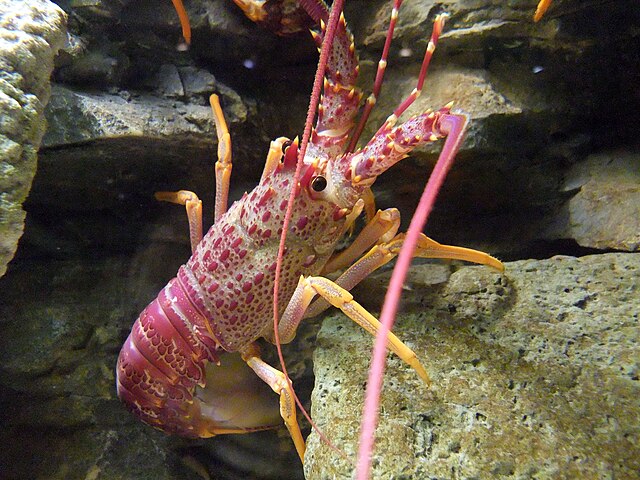Rock lobster stakeholders in New Zealand are airing views on a plan to cut Northland Island’s catches before September 22, 2025.
Guidelines on the proposal have already appeared on the website of the Ministry of Primary Industry for public feedback.
According to the Minister of Oceans and Fisheries, Shane Jones, cuts will bring sustainability to the whole fishery from commercial to native fishers.
The primary goal is to increase the rock lobster population to prey on kina, a sea urchin that degrades ocean vegetation.
Jones opines that the less kelp predators like kina there are, the bigger and healthier lobster will grow.
Crayfish or kòura, as Kiwis alternatively call spiny rock lobster, thrive in easterly and southerly rocky coasts of the Oceania country.
The ongoing sustainability proposal suggests three recourses. The first is seasonal or even 12-month fishing bans on eastern Northland’s fishery or CRA 1.
Another recourse is the partial closure of the CRA 2 coast to create a barrier between the two neighboring fisheries.
A third option is to decrease the total daily recreational catch limits for red rock lobster and packhorse lobster.
A similar reduction occurred on April 1, 2023 when the island’s total allowable catch (TAC) downsized by 21 tonnes (t) to 172 t.
Commercial fishers, who enjoy high export prices, could only haul in 89 tonnes, a 16-tonne annual reduction. This is even while sport-fishers were limited to 22 tonnes, with their daily limit halving to 3 lobster per person.
What did not change in the above regulation was the TAC for aboriginal Màori fishermen, who continued as before.
In early 2024, however, catch limits for rock lobster in NZ increased everywhere, apart from Gisbourne in the country’s northeast.
Regarding the ongoing catch limitation proposal, Minister Jones cited a need to boost “the abundance and size of rock lobster.” To learn more on how the New Zealand rock lobster fishery currently fares in production, peruse the below statistics.
New Zealand Rock Lobster Statistics
Rock lobster are some of the most lucrative crayfish species in New Zealand. They thrive mainly in rocky shores in the southern, eastern and southwestern coastlines. The country counts on the red rock lobster (Jasus edwardsii) species for 95% of its yearly lobster catches. Other related species with minimal landings include packhorse and green rock lobster. All rock lobster landings in the 2019-20 season amounted to 2,750 tonnes, worth NZ$340 million ($202.3 million). Roughly 100 tonnes of the quoted volume remained for home sale as the bulk is for export to mainly Asian destinations.
Who fishes rock lobster in New Zealand?
Commercial fishers constitute the bulk of the lobstermen in the country, the rest being native Màori and recreational fishermen. In 2020, 253 boats made up the commercial fleet and their operations cost owners over NZ$650,000 ($386,555) each season.
Which fisheries in NZ produce most rock lobster?
According to the government, there are 9 rock lobster fisheries nationally, cumulatively designated from CRA 1 to CRA 9. Historical landings by area show that CRA 8 with 1,453 tonnes leads in annual catches, as of the 2023-24 season. Following suit are CRA 7 (1,2551 t, 2023-24), CRA 5 (514 tonnes) and CRA 6 (370 tonnes).
